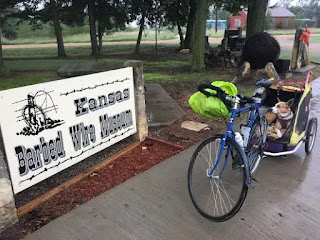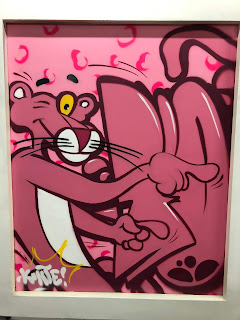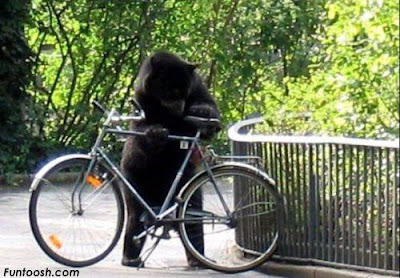Henry Ford was a bicycle mechanic. His first car was basically two bicycles connected to a carriage and a motor. But, even though he made four-wheeled motorized vehicles available to the masses, Ford never abandoned his pedaled two-wheeled. Even after he became one of the world's wealthiest individuals, he took a three-mile spin every day after supper. Time magazine showed him on one of those rides, which he took on his 77th birthday.
Around the time Ford was fixing bikes, two brothers in Detroit were doing the same. They would patent a dust-repellent hub and bottom bracket and found a company that manufactured some of Detroit's earliest bicycles. Later, they would enter the same line of business that would make Ford--and Detroit--famous.
The siblings in question are John and Horace Dodge.
Then there was a bike mechanic and racer from France who, like Ford and the Dodges, would turn his energies from two wheels to four and add a motor. He achieved renown as one of the early auto racers and, like Henry, John and Horace, would start his own auto-making company.
I am referring to Louis Chevrolet.
Of course, if you have too much time on your hands and idle brain capacity, you can speculate about what bikes might be like if the companies Ford, the Dodge brothers and Chevrolet made them.
Actually, we might get an idea of what Chevrolet Cycles might be by looking at what's on offer for 2019. Chevrolet, of course, became one of the most iconic marques of General Motors.
Yes, GM is going to make and market two models of bicycle for the coming year. But they won't be like the offerings of Shinola or the Detroit Bike. Instead, the company's two-wheelers will be pedal-assisted e-bikes. General Motors CEO Mary Barra said, in a press conference, that the new e-bikes would be "designed to help people stay mobile in an increasingly difficult-to-navigate urban landscape."
There is a kind of irony or poetic justice in all of this: GM, Ford, Chrysler and other auto companies helped to make the "increasingly difficult-to-navigate urban landscape."
Around the time Ford was fixing bikes, two brothers in Detroit were doing the same. They would patent a dust-repellent hub and bottom bracket and found a company that manufactured some of Detroit's earliest bicycles. Later, they would enter the same line of business that would make Ford--and Detroit--famous.
The siblings in question are John and Horace Dodge.
Then there was a bike mechanic and racer from France who, like Ford and the Dodges, would turn his energies from two wheels to four and add a motor. He achieved renown as one of the early auto racers and, like Henry, John and Horace, would start his own auto-making company.
I am referring to Louis Chevrolet.
Of course, if you have too much time on your hands and idle brain capacity, you can speculate about what bikes might be like if the companies Ford, the Dodge brothers and Chevrolet made them.
Actually, we might get an idea of what Chevrolet Cycles might be by looking at what's on offer for 2019. Chevrolet, of course, became one of the most iconic marques of General Motors.
Yes, GM is going to make and market two models of bicycle for the coming year. But they won't be like the offerings of Shinola or the Detroit Bike. Instead, the company's two-wheelers will be pedal-assisted e-bikes. General Motors CEO Mary Barra said, in a press conference, that the new e-bikes would be "designed to help people stay mobile in an increasingly difficult-to-navigate urban landscape."
There is a kind of irony or poetic justice in all of this: GM, Ford, Chrysler and other auto companies helped to make the "increasingly difficult-to-navigate urban landscape."




























